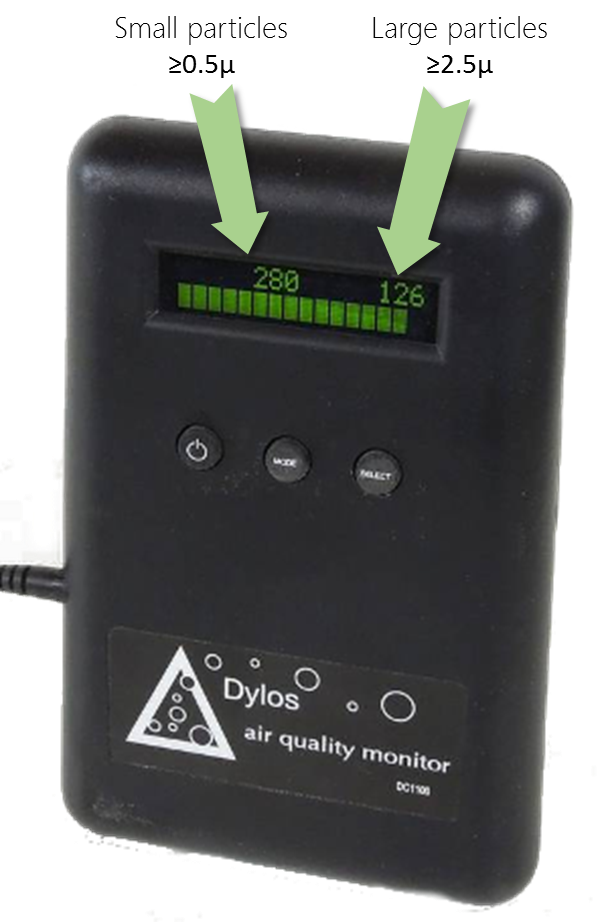
Introduction
For more information about those real-time dylos and BAM monitor PM2.5 and PM10 readings, please refer to our article on the Dylos Air Particule Counter experimentation.
If you want to know about other affordarable Air Quality Sensors such as Shinyei and Samyoung, check our sensor overview page.
Real-time data from Hong Kong
Current dylos readings are: Particules larger than 0.5 is -, larger than 2.5 is -, updated on - - (China time).
Time series graphs
Variation between stations
Hong Kong Causeway Bay, BAM PM.25 in µg/m3
Hong Kong Eastern, BAM PM2.5 in µg/m3
Hong Kong Central Western, BAM PM2.5 in µg/m3
--
For the list of all air quality sensors, check the Sensor Overview page
Read or publish comments (they rely on Disqus)
